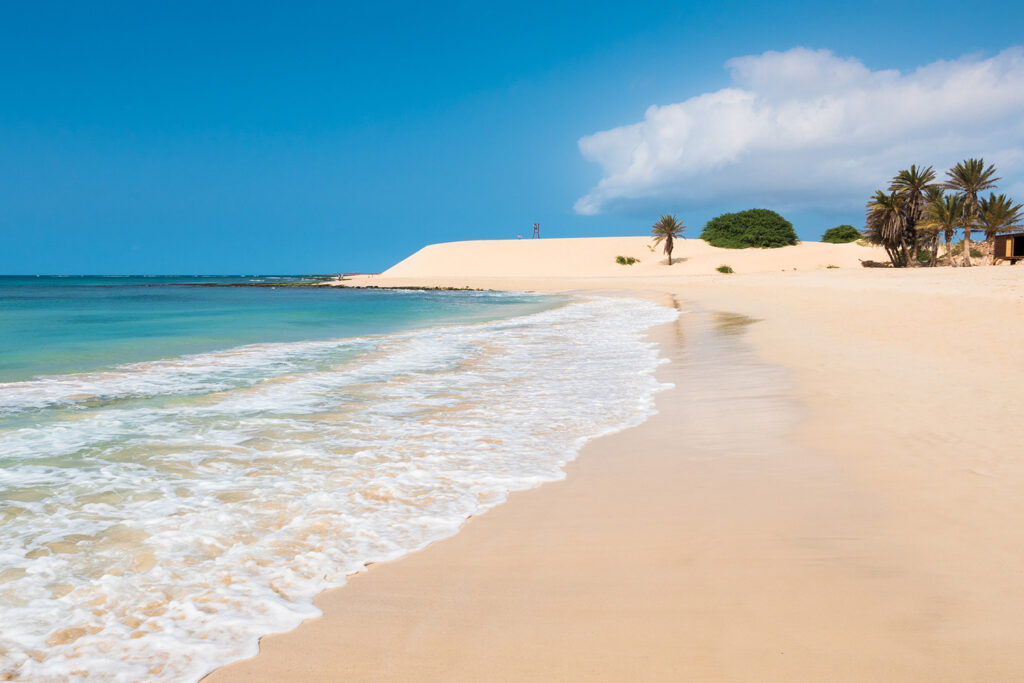Climate
Cabo Verde, also known as Cape Verde, is an archipelago located in the central Atlantic Ocean, off the west coast of Africa. The climate in Cabo Verde is characterized by its subtropical and arid nature, influenced by the trade winds and the surrounding ocean currents. The archipelago consists of ten islands and several islets, each contributing to the overall climate variation within the country.
One of the defining features of Cabo Verde’s climate is its aridity. The islands receive relatively low annual precipitation, and drought is a recurring challenge. The geographical location of Cabo Verde places it in the path of the harmattan winds, which blow in from the Sahara Desert, carrying dry and dusty air. This can result in decreased visibility and contribute to the overall arid conditions on the islands.

Season
Cabo Verde experiences two distinct seasons: the dry season and the wet season. The dry season typically lasts from November to July, while the wet season occurs from August to October. During the dry season, the islands receive minimal rainfall, and temperatures can soar, particularly in the lower altitudes. The arid conditions during this period can present challenges for agriculture and water supply, making water conservation a crucial aspect of life in Cabo Verde.
Rain
In contrast, the wet season brings relief to the parched landscape. The islands receive a higher amount of rainfall during these months, which helps rejuvenate vegetation and replenish water sources. However, the precipitation can also lead to flash floods and landslides, especially in areas with poor soil retention and drainage.
Temperature
Temperature variations in Cabo Verde are relatively mild throughout the year, with coastal areas experiencing a more moderate climate compared to the interior. The trade winds play a significant role in regulating temperatures, bringing cool breezes from the Atlantic Ocean. The average temperatures range between 24°C and 30°C (75°F to 86°F), making Cabo Verde a warm destination year-round.
Environment
The sea surrounding Cabo Verde is an essential influence on its climate. The cool Canary Current from the north and the warm Guinea Current from the south converge near the islands, creating a unique oceanic environment. This convergence contributes to the moderation of temperatures and influences the marine life around the archipelago. Cabo Verde is also vulnerable to natural phenomena such as hurricanes, particularly during the Atlantic hurricane season, which runs from June to November. While direct hits are rare, the islands can experience indirect impacts such as heavy rainfall, strong winds, and rough seas.
Conclusion
In recent years, Cabo Verde has been proactive in addressing climate change and its impacts. The government has implemented measures to enhance water management, promote sustainable agriculture, and develop renewable energy sources. These efforts are crucial for the resilience of the islands in the face of a changing climate. In conclusion, Cabo Verde's climate is characterized by arid conditions, influenced by the trade winds and ocean currents. The archipelago experiences distinct dry and wet seasons, with temperatures remaining relatively mild throughout the year. The geographical location, topography, and proximity to ocean currents contribute to the unique climate of Cabo Verde, making it a fascinating and challenging environment for its residents.
